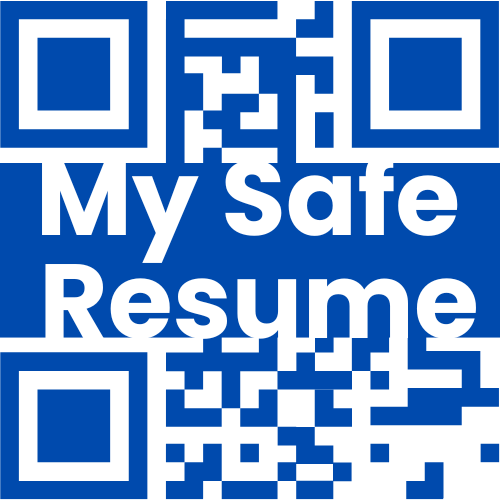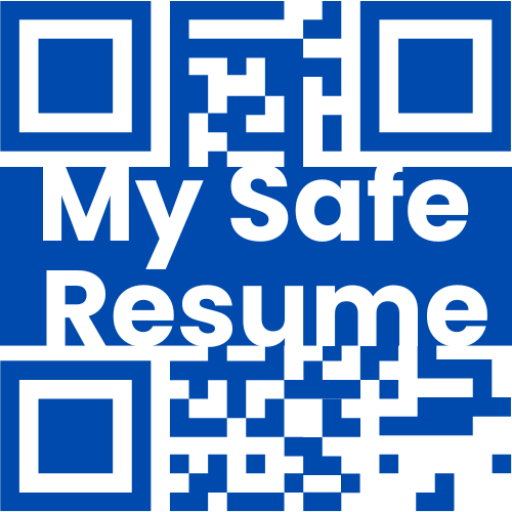In the digital age, job hunting has largely moved online, making finding opportunities easier and more efficient. However, this convenience comes with significant risks. One of the most alarming threats is identity theft, a crime that can leave jobseekers in financial and emotional turmoil.
This blog delves into real-life stories of individuals who fell victim to identity theft during their job search and explores the severe consequences they endured.
John’s Story: Financial Ruin through Identity Theft
John, a recent college graduate eager to start his career, was excited when he received an email about a job opening that seemed like a perfect fit. The email, however, was a meticulously crafted phishing attempt. John, unsuspecting and eager, provided personal details, including his Social Security number and bank information, as part of the “application process.”
It wasn’t long before John’s world turned upside down. His bank accounts were drained, loans were taken out in his name, and his credit score plummeted. John ended up in financial ruin, struggling to pay bills and afford basic necessities.
The dream of launching his career was replaced by the nightmare of battling creditors and working to clear his name. This harrowing experience taught John a painful lesson about the vulnerabilities of sharing personal information online. (1*)
Sarah’s Story: The Emotional Toll of Identity Theft
Sarah, a mid-career professional with years of experience, was considering new job opportunities to advance her career. She applied to several positions through a popular job application website, unknowingly providing her personal information to a fraudulent employer.
The identity theft didn’t just affect Sarah financially; it took a severe emotional toll. The constant stress and anxiety of dealing with fraudulent activities under her name led to depression. Sarah found it difficult to trust online job applications and became wary of every digital interaction. Her confidence took a hit, impacting her professional and personal life.
Her story highlights that the impact of identity theft extends beyond financial loss, deeply affecting victims’ mental health and well-being. (1*)
Michael’s Story: A Phishing Email’s Devastating Cascade
Michael a talented freelance graphic designer received an email that seemed a lucrative job offer. The email appeared legitimate, complete with company logos and professional language. Excited about the opportunity, Michael clicked on the link and unknowingly handed over his personal information to cybercriminals.
The consequences were swift and devastating.
Michael’s email account was hacked, his personal information was stolen, and he became a victim of financial fraud. The cascade of problems didn’t stop there; his professional reputation suffered as clients’ information was compromised, and his freelance business took a hit.
Recovering from this incident was arduous.
Michael had to regain control of his digital presence, working with cybersecurity experts to secure his accounts. He learned the importance of verifying job offers and being cautious with emails, no matter how legitimate they appear. (1*)
Methods and Techniques Used by Identity Thieves
The stories of identity theft show that criminals use many different tricks. They can use high-tech digital scams or simple methods like searching through trash. These thieves are clever and determined.
Looking at these stories, we learn the tricks used, the warning signs to watch out for, and how to protect ourselves. Understanding this is important and helpful in preventing identity theft.
Recovery and Prevention
The road to recovery for these victims was challenging but not impossible. Steps taken by victims to recover their identity and financial stability included: (2*)
- Reporting to Authorities: Victims reported identity theft to local law enforcement, the Federal Trade Commission, and credit bureaus to create an official record and start an investigation.
- Notifying Financial Institutions: They contacted banks, credit card companies, and other financial institutions to freeze accounts, dispute fraudulent charges, and prevent further unauthorized transactions.
- Changed Account Credentials: Victims changed their passwords, PINs, and security questions for online and financial accounts to prevent further access by thieves.
- Secured Personal Information: They took steps to protect personal information, such as using secure websites, avoiding public Wi-Fi for sensitive transactions, and being cautious about sharing details online or offline.
- Seeked Professional Help: For emotional and financial support, victims might consult with financial advisors, counselors, or therapists to cope with the stress and rebuild their lives.
To protect themselves, jobseekers can adopt several preventative measures:
- Verify the legitimacy of job offers and recruiters through official channels.
- Be cautious with personal information, providing it only to verified and secure websites.
- Keep software and security measures updated to fend off potential cyber threats.
By taking these steps, they can regain control of their identities and work towards restoring financial stability.
Conclusion
The stories of John, Sarah, and Michael are stark reminders of the dark side of job hunting in the digital age. Identity theft can have devastating financial and emotional consequences, but awareness and vigilance can help mitigate these risks.
As jobseekers, stay informed and proactive in protecting our identities. Share your experiences and tips, and let’s work together to create a safer job-hunting environment for everyone.
Source: 1* https://www.idfy.com/blog/identity-theft-examples-eye-opening-instances/ Names interchanged for safeguarding privacy
Source: 2* https://www.identitytheft.gov/



